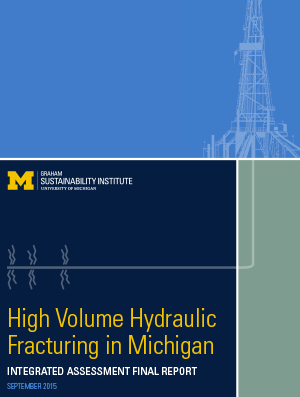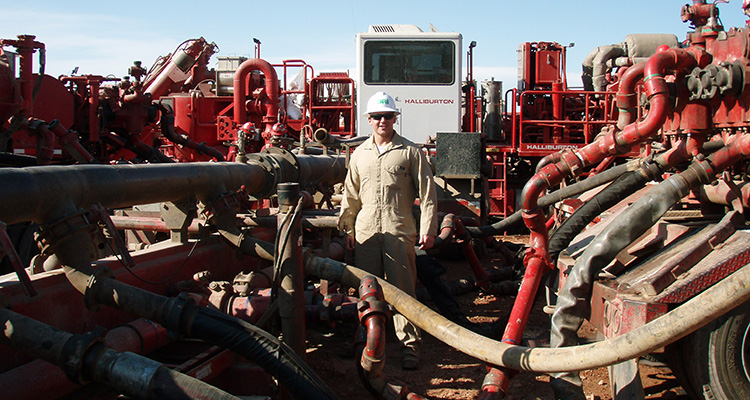Back in 2011 – while I was Director of the University of Michigan Risk Science Center – I was part of a larger team exploring the possibility of conducting a full-blown assessment of hydraulic fracturing (fracking) possibilities and pitfalls in Michigan. We were interested in applying the Integrated Assessment methodology developed at the University of Michigan to a growing challenge – the sustainable development and use of fracking.
 Four years later, the final report from the resulting program on high volume hydraulic fracturing in Michigan has just been published.
Four years later, the final report from the resulting program on high volume hydraulic fracturing in Michigan has just been published.
This represents three intensive years of research and analysis by University of Michigan experts in evaluating fracking options across multiple dimensions, and developing options for proceeding sustainably.
While the report focuses on Michigan, the analysis is broadly applicable to other states and beyond, and provides a deep and broad analysis of fracking.
The program set out to explore the best environmental, economic, social, and technological approaches for managing hydraulic fracturing in the State of Michigan. Today’s final report presents options for moving forward sustainably that cover public participation in decision making, use of water resources, chemicals use policies. It also provides a comprehensive introduction to fracking, and the challenges and opportunities it presents.
Complimenting the final report are seven technical reports that address the technology of fracking; the geological/hydrological context of fracking; environment and ecology considerations; public health issues, policy and law aspects of fracking; the economics of fracking; and public perception around fracking.
Together with today’s report, these provide an exceptionally comprehensive overview of the multidimensional challenges presented by fracking, and the options available to develop sustainable uses of the technology.
While I’m no longer at Michigan, I’m proud that the Risk Science Center and its members were able to contribute support and expertise to this initiative, as part of helping enable informed decisions on risk within society.
Feature image: Process of mixing water with hydraulic fracturing fluids to be injected into the ground, Joshua Doubek. Wikimedia Commons, CC BY-SA 3.0

